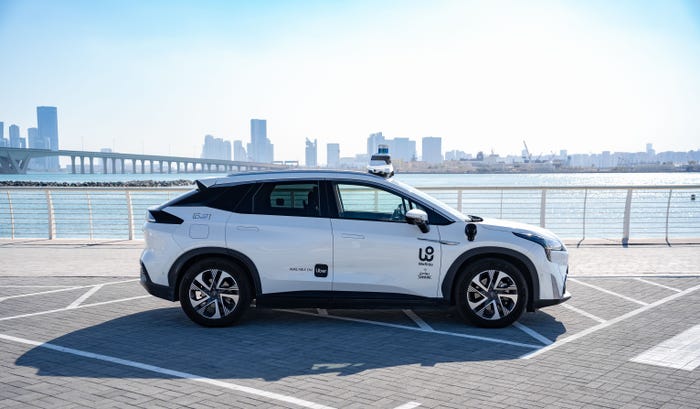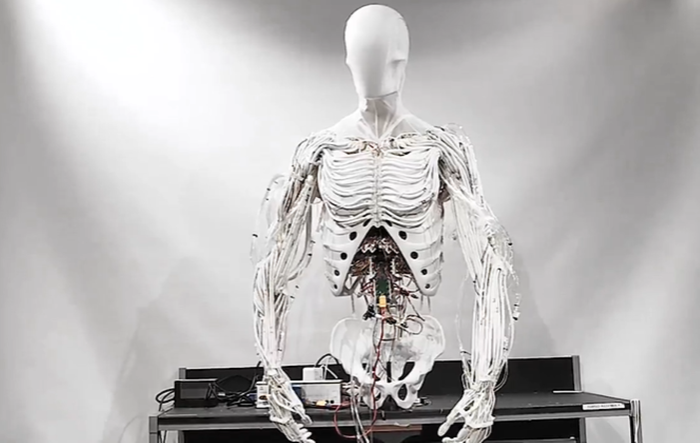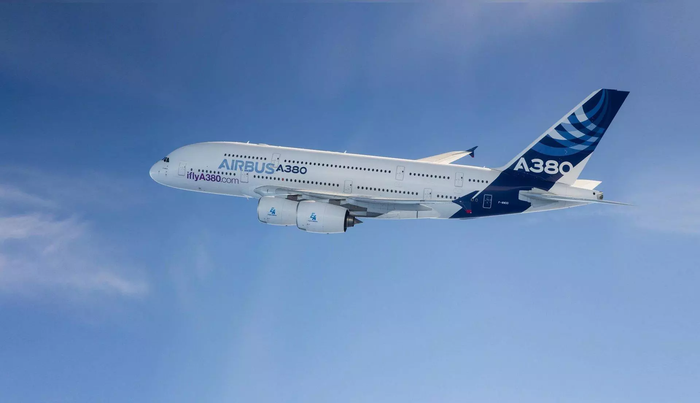Flying Car Startup Gets $100M Term Sheet; Cargo Shipping, EMS Targeted
LuftCar takes multi-purpose, modular approach in development of flying forklift

The developer of a hydrogen-powered eVTOL (electric vertical takeoff and landing) vehicle has received a $100 million term sheet for scaling the vehicle prototype.
The investment agreement from GEM Global Yield, a private equity group, would fund the LuftCur flying car development following the company’s public listing, allowing LuftCar to control the amount and timing of fund drawdowns.
LuftCar is developing a two-seater prototype with seed funding of $1.5 million raised and aims to convert that to a five-seat commercial version following proof of concept testing.
“With the prototype demonstration of LuftCar's innovative airframe design, which involves a LuftCar IP of five-point docking mechanism and a self-aligning catch tongue, we are confident that we will make a big market impact in air cargo, defense and regional transportation segments,” said Santh Sathya, founder and CEO of LuftCar. “The funds from GEM LLC will be used to scale up commercialization efforts and will be treated as series A investment.”
LuftCar is taking a multi-purpose modular approach in its development.
Essentially, the flying component, called a flying forklift by the company, would attach to the land vehicle and then be able to fly it.
The appearance would be that of a car being flown by a sitting aircraft above it.
The idea is that the flying car, which appears to look more like a van, could carry parcels long distances and then deliver them by road driving to locations not accessible by air travel.
The vehicle would be capable of a flight distance of 300 miles at a maximum speed of 220 mph and a maximum altitude of 4,000 feet.
The land component of the overall vehicle would be capable of driving distances of 150 miles, according to the Florida-based startup.
The land component of the vehicle opens on the front for cargo and passengers and the airframe would be hydrogen fuel cell powered.
The target markets for LuftCar air-land vehicles are air cargo, emergency medical services (EMS), defense and national security and regional transportation.
Cargo transportation and emergency medical services are likely to be the first major use cases of certified electric aerial vehicles (EAV).
LuftCar also is developing a hydrogen fuel cell battery hybrid propulsion system for its system as well as other eVTOL platforms.
Like what you've read? For more stories like this on flying cars and emerging technologies, sign up for our free daily email newsletter to stay updated!
Read more about:
Flying CarsAbout the Author
You May Also Like








